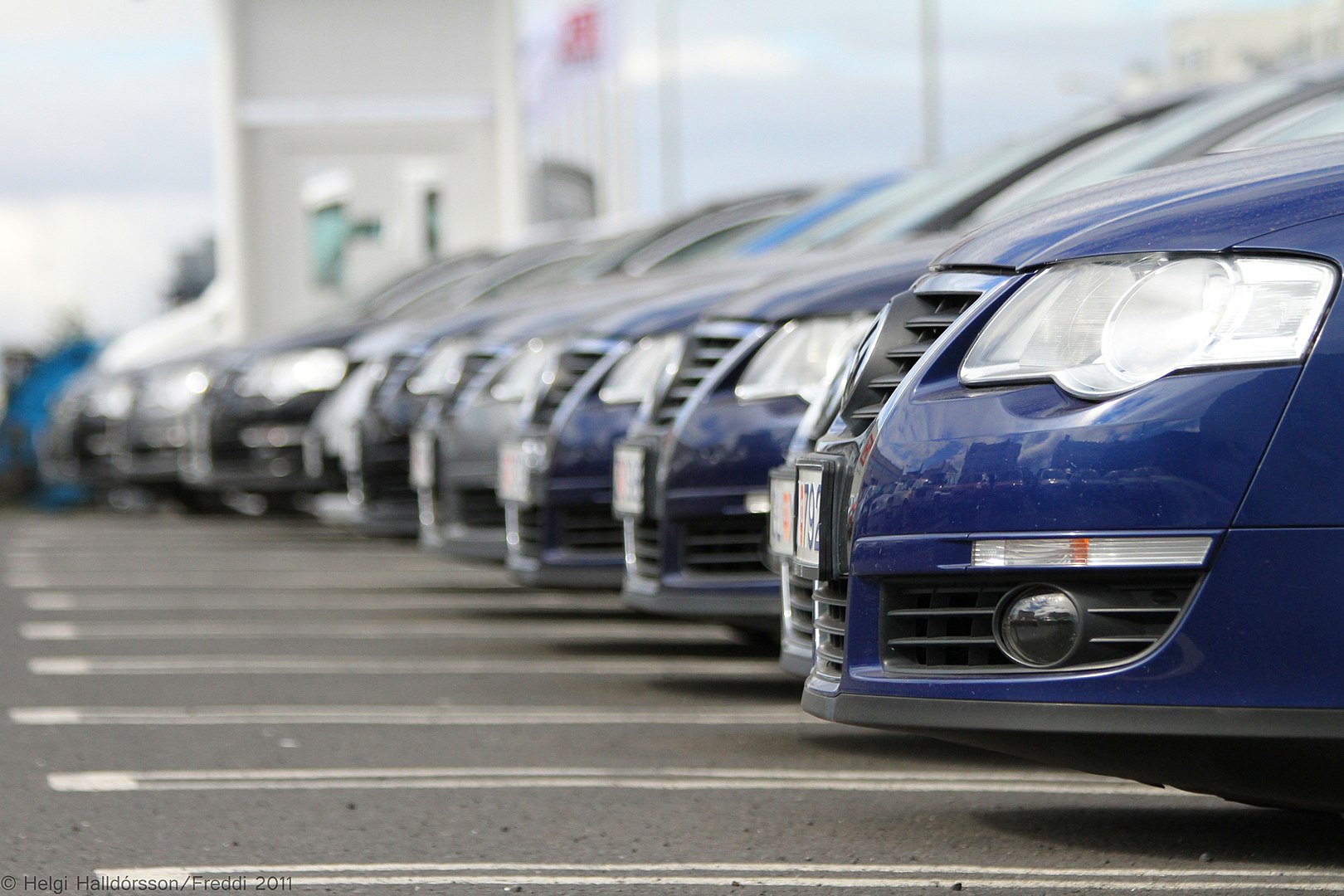GadgetWheels
These 5 trends will reshape car insurance in SA
Consumer behaviour has changed for good, writes ERNEST NORTH, co-founder of AI-driven insurtech company Naked
Following the Covid-19 pandemic and the explosive uptake it catalysed in digitalisation, South Africa’s car insurance industry will not be the same again. Consumer behaviour has changed for good, cost savings mean ongoing premium reductions, and the pace of product and technology innovation has accelerated. With consumers increasingly shopping for cover online and demanding better pricing, more transparency and more personalisation, insurers will need to raise their game.
Here are some of the trends we expect to see unfold in car insurance in 2022 and beyond:
- New patterns of car ownership and usage
The hard lockdown and the subsequent work-from-home trend prompted many South African households to reconsider whether they necessarily need two shiny new cars in their driveway. While secondhand and new car sales rebounded soon after the lockdown in 2020, traffic has yet to return to pre-pandemic levels. As a result, we can expect more families to review car ownership during the course of 2022.
Indeed, with high fuel prices, a tight economy and affordable alternatives like Uber, families may look at downsizing their second car to a smaller and less costly vehicle, delaying the replacement of their car or even selling one of their cars because they don’t drive as much as they used to. However, we expect car ownership levels to remain stable in South Africa because cars are still a status symbol and because some people remain reluctant to use public transport during a pandemic.
- Online car purchase journeys
Covid-19 accelerated online shopping in South Africa and the rest of the world, changing many consumers’ behaviour for good in the process. According to World Wide Worx, ecommerce retail sales totalled R30.2 billion in 2020 – more than double the R14.1 billion achieved in 2018. One of the results of people shopping for essential goods online is that they are now more comfortable making larger and more complex purchases via digital channels.
This includes cars and products like insurance. The global online vehicle retail, aftersales and services market is forecast to grow five-fold to US$605 billion between 2018 and 2025, for example. We expect to see a trend towards people conducting most of their car purchase journey online – from researching their options and getting financing, to ordering the car and getting insurance cover.
Online dealers and marketplaces could enable consumers to compare financing, vehicles and insurance, then get it all in one place. Customers may narrow down their options by reading reviews and viewing photos and videos, perhaps only booking a test drive to confirm their decision once they’ve chosen their car. This could put consumers in control of their experience; car dealers, lenders and insurers will all need to up their game in terms of pricing and transparency to win their business.
- Smarter cars
With the global connected car market projected to reach $56.3 billion by 2026 from an estimated $23.6 billion in 2021, most new vehicles will soon be able to connect to the Internet. Even in South Africa, where the shift to electric vehicles and connected cars is slower than in Europe or North America, most new cars will include some connected features such as advanced driver-assistance systems (ADAS), safety features and infotainment offerings.
Examples of connected features include emergency call systems, diagnostics data, and using a smartphone app to lock, unlock, or locate your car. This represents a dramatic leap in features and functionality over the telematics boxes some insurers use to analyse their customers’ driving behaviour and adjust insurance premiums. A connected car could generate richer data that insurers could use to tailor premiums and policies in real-time based on where, how well and how far you drive.
- Almost autonomous vehicles
After years of hype about self-driving cars and successful trials of the technology, most experts concede that it will be a few more years before they become mainstream. While truly autonomous cars are some way off in South Africa, we can expect to see wider adoption of semi-autonomous cars that can accelerate, decelerate and stop without human intervention.
In particular, we can expect to see wider adoption of ADAS, which may cascade from luxury vehicles to more affordable cars in the years to come. This trend will be helped along by regulators in regions such as the European Union mandating that certain ADAS features must be included in all new cars.
Examples of ADAS include self-parking, adaptive cruise control and collision avoidance systems. These features could help to bring insurance premiums down by reducing human error on the roads.
- Digital insurance set to go mainstream
While insurance had previously lagged behind other industries in giving consumers access to convenient digital processes, the last year or two has seen mass adoption of pure online insurance offerings across the world. South Africa has been no exception, with Naked Insurance achieving record growth.
With digital insurance providers using automation and self-service to drive down overheads and operate efficiently, the result is a significant cost saving reflected in reduced premiums. As more customers move online to purchase, claim from and manage their cover, we can expect continued innovation leading to lower premiums. Perhaps even more exciting than the cost savings is the way that digital insurance puts the consumer in control and removes the hassle from insuring a car.



















